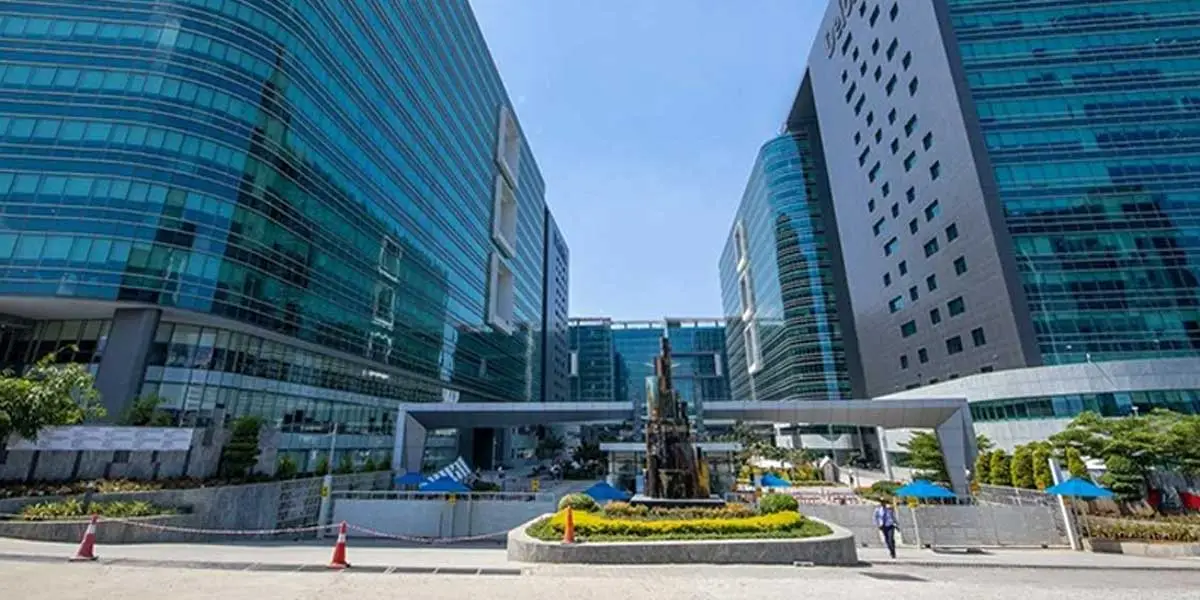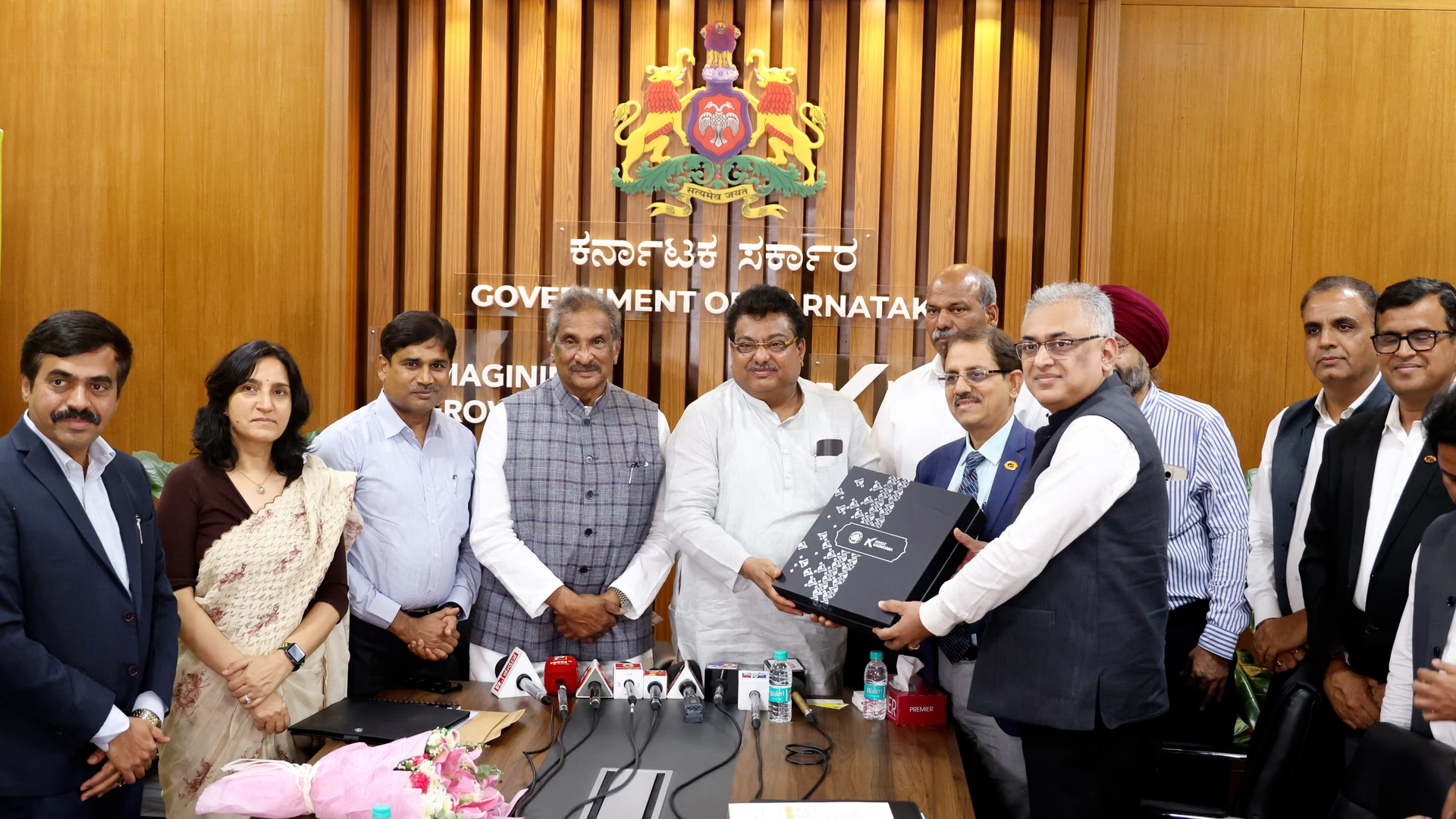cost-competitive again, undermining the advantages India has begun to offer Apple and other global tech giants.
India’s Growing Role in Apple’s Supply Chain
In recent years, Apple has significantly expanded its footprint in India, with major suppliers like Foxconn, Pegatron, and Wistron ramping up local assembly operations. India now accounts for nearly 7% of global iPhone production, a figure expected to rise steadily as part of Apple's strategy to diversify its supply chain away from China.
This shift aligns with the Indian government’s Production-Linked Incentive (PLI) schemes, which incentivize high-value electronics manufacturing and aim to position India as a resilient and scalable alternative to China.
The US-China Factor: A Shifting Geopolitical Equation
However, if the US and China finalize a deal to reduce tariffs on electronics and tech components, it could restore some of China’s lost cost advantages. This might tempt Apple and other manufacturers to maintain or even revive portions of their Chinese operations, rather than aggressively expanding elsewhere.
Such a scenario could delay or dilute investments into Indian manufacturing, potentially affecting job creation, export targets, and the overall momentum of the “Make in India” initiative.
Implications for India’s Manufacturing Vision
India's push to become a global electronics manufacturing powerhouse is at a critical juncture. While geopolitical diversification has played in its favor so far, future policy shifts among global powers could alter the trajectory.
To stay competitive, India may need to double down on:
- Policy stability
- Ease of doing business
- Supply chain localization
- Infrastructure upgrades
- Talent development
By creating a long-term, cost-efficient, and innovation-friendly environment, India can mitigate risks from global realignments and retain its appeal as a preferred manufacturing destination.
Conclusion
Apple’s India plans remain a powerful symbol of the country’s industrial ambitions. Yet, global trade dynamics—especially those involving the US and China—underscore the fragile and interconnected nature of supply chains today. India must remain agile, proactive, and visionary to secure its place in the future of global electronics manufacturing.








